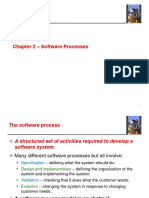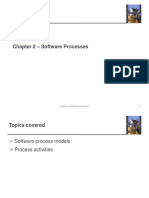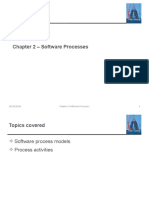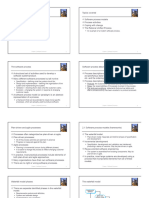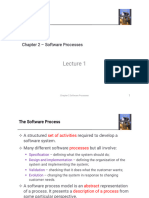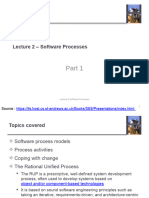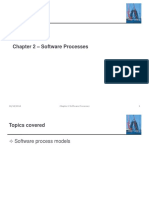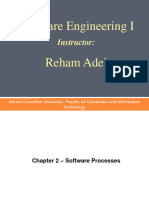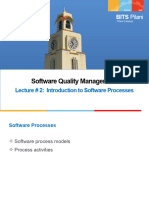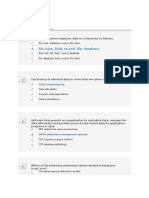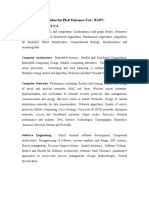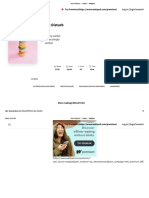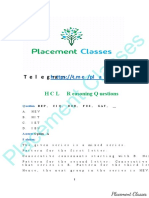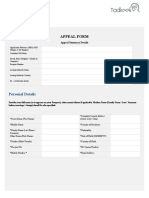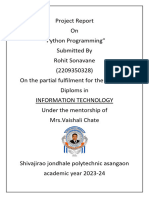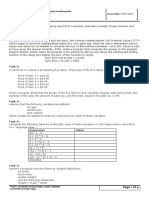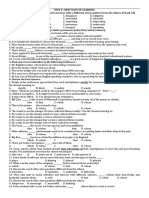0% found this document useful (0 votes)
66 views28 pagesLecture 2 Software Processes
The document discusses different types of software processes. It describes the typical activities involved in any software process as specification, design and implementation, validation, and evolution. It then discusses different process models like the waterfall model, incremental development, and reuse-oriented processes. Key aspects of the software development lifecycle are also summarized like requirements specification, design, implementation, validation through testing, and evolution. Prototyping is introduced as a technique to refine requirements and design options.
Uploaded by
Nahom TesfayCopyright
© © All Rights Reserved
We take content rights seriously. If you suspect this is your content, claim it here.
Available Formats
Download as PDF, TXT or read online on Scribd
0% found this document useful (0 votes)
66 views28 pagesLecture 2 Software Processes
The document discusses different types of software processes. It describes the typical activities involved in any software process as specification, design and implementation, validation, and evolution. It then discusses different process models like the waterfall model, incremental development, and reuse-oriented processes. Key aspects of the software development lifecycle are also summarized like requirements specification, design, implementation, validation through testing, and evolution. Prototyping is introduced as a technique to refine requirements and design options.
Uploaded by
Nahom TesfayCopyright
© © All Rights Reserved
We take content rights seriously. If you suspect this is your content, claim it here.
Available Formats
Download as PDF, TXT or read online on Scribd
/ 28
